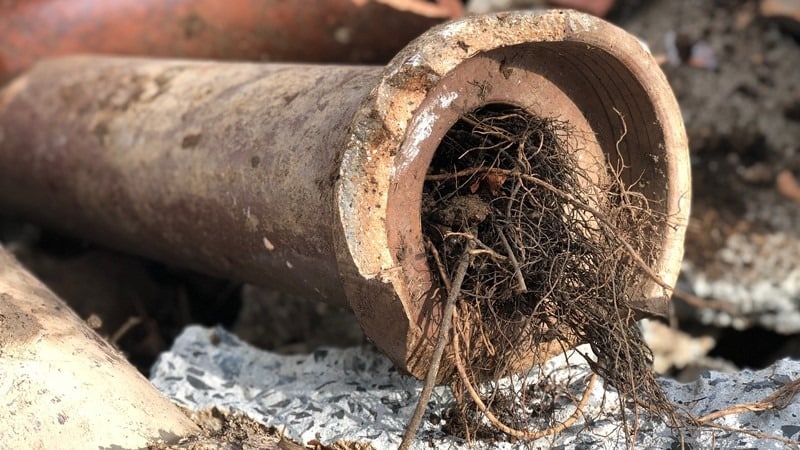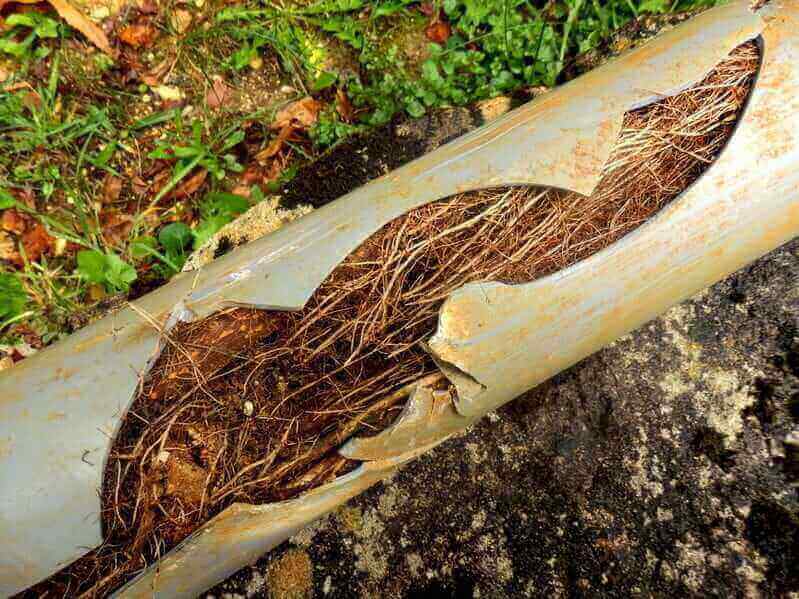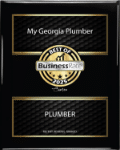
What Every Homeowner Needs to Know About Root Intrusion, Repairs, and Prevention
It sounds far-fetched—until it happens to you.
Your toilets begin to gurgle. Drains slow down or back up. Maybe there’s a foul smell outside near your lawn. You call a plumber, and the diagnosis is one you weren’t expecting:
Tree roots have made their way into your sewer line.
Even small roots can sneak through tiny cracks in your pipes, grow inside, and eventually block your entire system. It’s one of the most common causes of sewer clogs—and also one of the most misunderstood.
Let’s break down what root intrusion really is, how to fix it, and how you can prevent it from coming back.
How Do Tree Roots Get Into Sewer Lines?
It begins with microscopic cracks or loose joints in underground sewer pipes—especially older lines made of:
-
Clay
-
Cast iron
-
Orangeburg (an outdated, paper-based pipe material)
Roots are naturally drawn to moisture. When they detect water vapor escaping from those cracks, they grow toward it. Once they enter the pipe, they thrive—your sewer line provides the perfect conditions: water, oxygen, and nutrients.
Signs You May Have Roots in Your Sewer Line
Tree roots are invisible to the eye, but your plumbing will reveal the problem. Watch for these warning signs:
-
Gurgling or bubbling toilets
-
Slow drainage in multiple fixtures
-
Recurring backups in tubs, showers, or floor drains
-
Soft, wet, or sunken areas in your yard
-
Sewer odors near your foundation or outdoors
-
Frequent clogs even after professional snaking
How We Diagnose Root Intrusion
At My Georgia Plumber, we use high-definition sewer cameras to inspect the interior of your line.
One camera inspection can:
-
Confirm whether roots are present and determine their severity
-
Identify pipe cracks, misaligned joints, or collapsed sections
-
Provide a clear solution based on your system’s condition and layout
This gives you full transparency and helps avoid unnecessary digging.
How We Remove Tree Roots from Your Sewer Line
Depending on the extent of the intrusion, we use one of two methods:
Hydro Jetting
High-pressure water jets slice through roots and clean your pipe without causing damage. This non-invasive method is ideal for moderate root intrusion.
Mechanical Root Cutting
For thicker or more established roots, we use specialized cutting heads attached to a power auger to break through the blockage and restore flow.
Important note: These solutions clear the roots, but they do not repair damaged pipes.
When It’s Time to Repair or Replace the Line
If tree roots have caused serious damage—such as crushed or shifted pipes—repairs or replacement may be necessary.
Trenchless Sewer Line Repair or Replacement
Modern trenchless methods allow us to re-line or replace pipes without digging up your yard or driveway. This fast, clean approach is ideal for many homeowners.
Traditional Excavation
If trenchless methods aren’t possible, we’ll perform a full excavation, replace the damaged line, and restore the area once work is complete.
Whichever option fits your situation, we’ll walk you through the process, share inspection footage, and provide honest, upfront pricing.
Can You Prevent Roots from Coming Back?
The short answer: yes—with the right preventative steps.
-
Schedule regular camera inspections to catch root growth early.
-
Install root barrier products, which discourage growth near sewer lines without harming trees or landscaping.
-
Upgrade to modern piping like PVC or HDPE, which resists root intrusion thanks to sealed joints and durable materials.
While you can’t stop trees from growing, you can protect your plumbing with the right tools and techniques.
Call Before Roots Cause Real Damage
Roots in your sewer line won’t go away on their own—and every flush pushes the problem further.
If you’ve noticed warning signs or just want peace of mind, call My Georgia Plumber for a camera inspection or root removal estimate.
We’ll show you exactly what’s happening, give you your options, and help prevent future backups from turning into a plumbing disaster.














